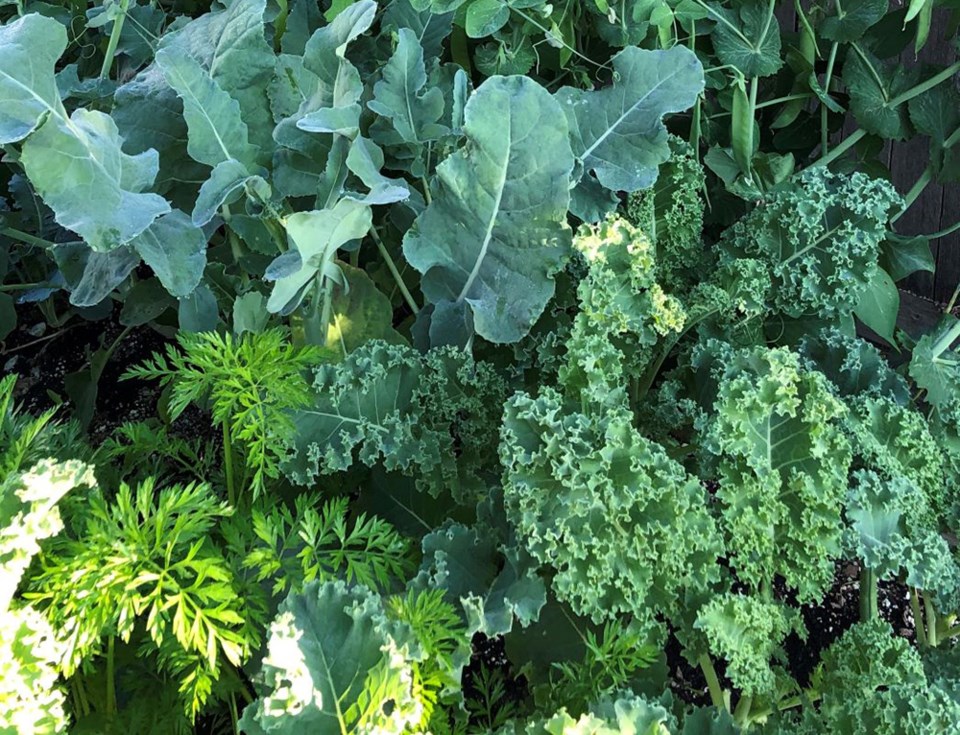To date, it’s been a very difficult year for many aspects of gardening, but overall, most gardens are doing fairly well.
Early leafy vegetables and peas are now being harvested, and fresh nugget potatoes are not that far behind. Most garden veggies are planted and growing, but there’s still lots of time for heat-loving tomatoes, peppers, cucumbers and squash to be set out.
If you want to grow pumpkins for your kids or for those unique designer varieties, now is the time to get them going. All root crops, like carrots, beets, parsnips, turnips and rutabagas can still be planted for late summer harvests.
Sun-loving annuals, like dahlias, cosmos, zinnias, petunias, gazanias, snapdragons and canna lilies, can also be set out to enjoy until frost. Coleus, impatiens, begonias, browallias and fuchsias are still available in garden stores, ready to create a beautiful shade garden.
Also available are coreopsis, rudbeckias, achilleas, veronicas and phlox: just a few of the late, long-blooming perennials that will extend the colour in your garden year after year.
This is also the time for ornamental grasses to shine.
Short blue fescues, dwarf pennesetums, like "Hameln" with its bunny tail-like plumes, add a nice touch to late summer. Tall miscanthus, with their beautiful plumes and attractive foliage, such as M. "Fire Dragon," when planted now, will add drama to any fall garden. Narrow, architectural grasses, like "Karl Foerster" and the variegated "Overdam," will also add interest and structure.
Due to the wet weather in May, there have been some significant fruit and leaf drop issues this year on edible cherries.
Many apple trees have mildew, and some pear varieties are suffering from shot hole fungus. The best control for these problems is good weather, which we hope to get this weekend.
Many planters and hanging baskets have been beaten up by heavy rains and cool nights.
A little tidying up and deadheading will aid in their recovery, and a good feeding is a must. Both a liquid feed with a well-balanced fertilizer, like 20-20-20, and an application of a slow-release fertilizer, like 14-14-14, will quickly turn them around into the beauties you had envisioned.
Our vegetables also need some extra nutrients at this time to help them mature.
A side dressing of organic Sea Soil, worked into the soil, and the addition of the mostly organic Flower and Vegetable Food 10-15-19, with its micronutrients, will make a noticeable difference.
Don’t forget to lime your tomatoes now to help prevent blossom-end rot and to slightly adjust the pH level of your soil so your tomatoes will have a better uptake of nutrients.
Our gardens have a long season ahead, and with a little extra care and a bit of sequential planting, we can all anticipate a lot of enjoyment to come.



